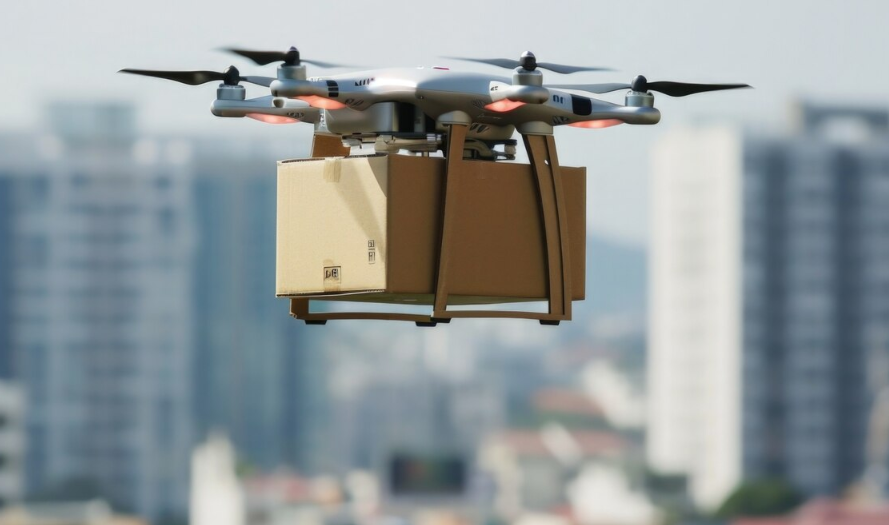The Internet of Things (IoT) is transforming numerous industries, and one of its most impactful applications is in the realm of public safety and emergency response. By connecting devices, sensors, and systems in real time, IoT is enabling faster, smarter, and more effective responses to crises—ultimately saving lives and minimizing damage.
Understanding IoT in Public Safety
IoT refers to the network of physical devices embedded with sensors, software, and connectivity, allowing them to collect and exchange data. In public safety contexts, this includes:
- Surveillance cameras
- Environmental sensors
- Wearable devices for first responders
- Connected emergency vehicles
- Smart city infrastructure
These interconnected systems create a dynamic web of information that enhances situational awareness and decision-making during emergencies.
Applications of IoT in Public Safety
1. Real-Time Incident Detection
IoT devices can instantly detect unusual events, such as fires, accidents, or natural disasters:
- Environmental Sensors: Monitor air quality, detect chemical spills, or sense seismic activity.
- Smart Cameras: Use AI to identify suspicious behavior or detect weapons in crowded areas.
- Traffic Monitoring Systems: Detect collisions or traffic congestion, allowing for rapid dispatch of emergency services.
2. Enhanced Communication and Coordination
In emergencies, effective communication is crucial. IoT improves coordination through:
- Connected Command Centers: Central hubs receive real-time data from various sources, enabling faster strategic decisions.
- First Responder Wearables: Devices like smart helmets and biometric vests provide health data, location tracking, and communication capabilities.
- Vehicle-to-Infrastructure (V2I) Communication: Emergency vehicles communicate with traffic lights and infrastructure to prioritize their movement during responses.
3. Predictive Analytics and Risk Management
IoT data can help predict and prevent emergencies:
- Predictive Maintenance: Monitoring infrastructure like bridges or pipelines to detect weaknesses before failures occur.
- Crime Prediction Models: Analyzing patterns from surveillance and historical data to anticipate and prevent criminal activities.
4. Disaster Response and Recovery
During large-scale disasters, IoT facilitates better management and recovery:
- Drone Deployments: IoT-connected drones assess damage and locate survivors in areas inaccessible to rescuers.
- Resource Allocation: IoT systems track and optimize the distribution of emergency supplies and personnel.
- Public Warning Systems: Connected systems can send instant alerts to citizens’ smartphones and digital signage.
Benefits of IoT for Public Safety
- Faster Response Times: Real-time data allows responders to act more quickly and effectively.
- Improved Situational Awareness: Comprehensive, real-time information leads to better decision-making.
- Increased Efficiency: Automation of tasks like traffic control or environmental monitoring reduces human error and resource waste.
- Greater Community Engagement: Citizens can contribute to safety efforts via connected apps, reporting incidents directly to authorities.
Challenges and Considerations
While IoT offers tremendous benefits, several challenges must be addressed:
- Data Security and Privacy: Protecting sensitive information from cyber threats is critical.
- Interoperability: Ensuring that different devices and systems can work together seamlessly remains a major hurdle.
- Cost and Infrastructure: Deploying and maintaining IoT systems require significant investment and planning.
- Ethical Concerns: The use of surveillance and data collection must balance public safety needs with individual rights.
Conclusion
The integration of IoT in public safety and emergency response is revolutionizing how communities prepare for, respond to, and recover from crises. By delivering real-time data, improving communication, and enabling predictive insights, IoT is making the world safer and more resilient. However, to fully realize its potential, stakeholders must address technical, ethical, and logistical challenges thoughtfully and collaboratively.


